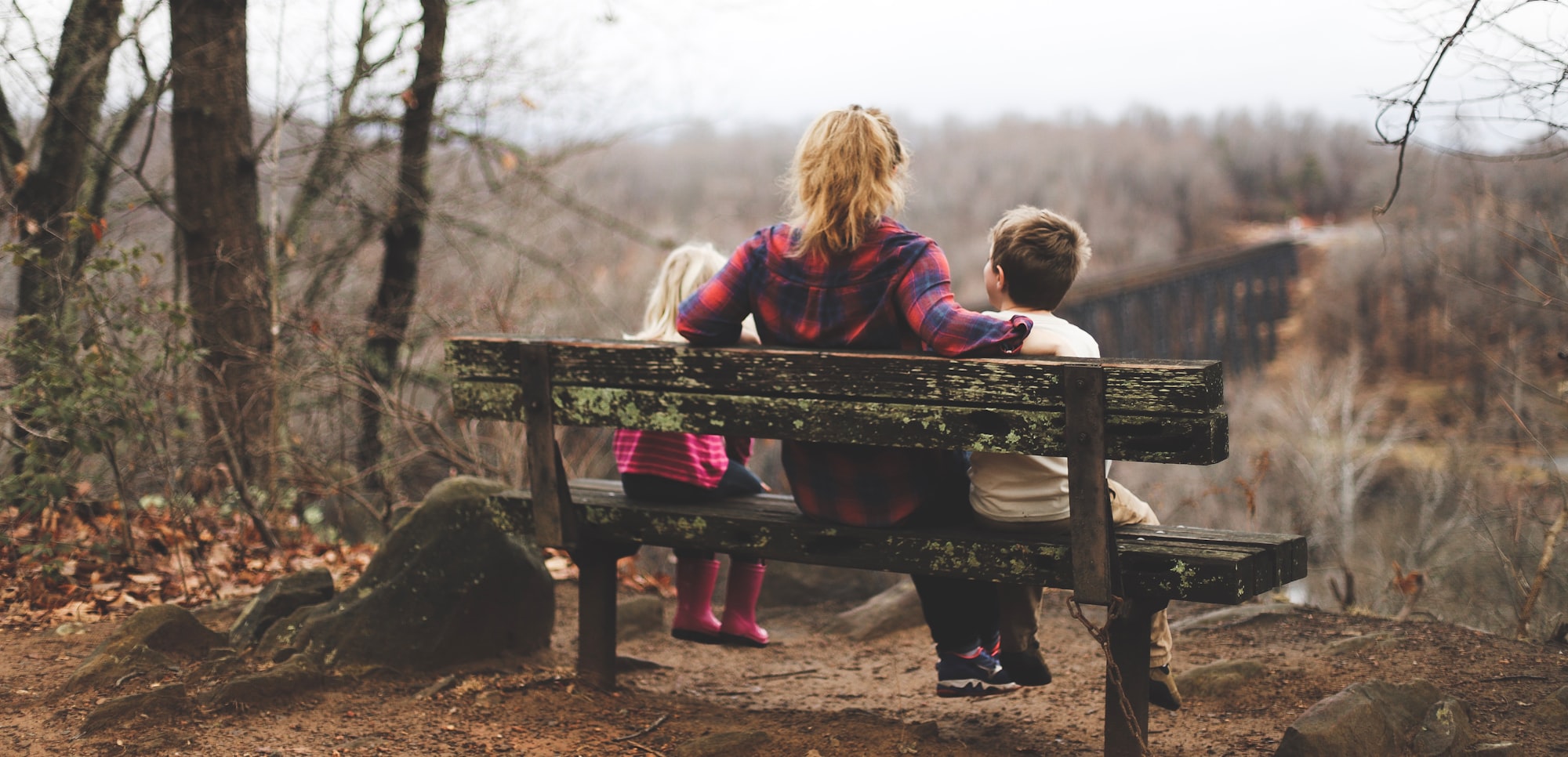Teaching Children Consent

In recent years, media has brought to light the horrifying reality of sexual assault in our society. With each brave soul that stands to say “Me Too”, our hearts break for the trauma that the survivor endured and the aftermath that is to come. Many times, parents are hit especially hard by these stories as intrusive thoughts pop into their brain - “What if that was my child?”. So, what can you do to protect your child?
- Ask your child before touching them.
Modeling these behaviors from as early as infancy can instill in the child the importance of consent. Ask your child if it is alright to give them a hug or a kiss instead of just doing it. And if they say “no”, respect that choice. You might even validate their feelings by saying “Okay, you said that you would not like to be hugged right now, and I will always respect what feels okay for your body”.
- Don’t force your child to hug or kiss others.
So many of us can recall a time where our great-aunt that we don’t even remember is smothering us with hugs and kisses and saying “I can’t believe how big you are! Last time I saw you you were *this* small!” or a similar cringe-worthy experience. Teaching children that they do not have to hug or kiss anyone when they do not feel comfortable with it can help them understand bodily autonomy. Try asking your child “Would you like to give so-and-so a hug or kiss goodbye?”.
Many people fear that the interaction could turn awkward if the child says “no”, as if it might insult the other person in some way. If your child says “no”, simply say “Okay! Why don’t we wave goodbye or blow a kiss or high-five or *insert alternative action here* instead?”.
- Give your child options.
While in many scenarios it is feasible to ask for consent and respect the child’s choice, there are some times - that for their safety - it is not feasible. Take for example a child who fell on the playground and is injured. Their knee is scraped up and covered in dirt. You know, as an adult who loves and cares for the child, that their injury needs to be cleaned and covered with a bandaid so that it does not get infected. However, if you ask the child if you can clean the wound, the chances that they are going to say no is pretty likely - they know that if you touch it, they will likely be in more pain. In moments where safety is the top priority, try giving your child options. “I know that you really don’t want me to touch your cut. And it is very important that I clean it so that it doesn’t get worse. Would you like for me to wash it or would you like to wash it yourself?”. This validates the child’s feelings that they do not want their cut to be touched , explains to them why it is important to still wash it even though they don’t want to, and then allows them the opportunity to remain in control through the whole process.
- Use anatomically correct terms with your child.
We have all heard many different colloquial expressions to refer to body parts. Maybe it is because that is what we were taught when we were younger or we simply feel uncomfortable saying the anatomically correct terms for certain body parts. When teaching children about their bodies, it is important to use terms such as “penis”, “vagina”, or “breasts”. Despite the connotation that society has put on them, these words are not “dirty words”. When we use anatomically correct terms with our children, we teach them not to fear the words, that it is okay to talk about our bodies. We also give them the language to use and the line of communication to a trusted adult if anything ever were to happen to them.
- Read some books!
There are many developmentally appropriate books that help teach children about their bodies and what consent looks like. Here are a few favorites:
Miles is the Boss of His Body by Samantha Kurtzman-Counter and Abbie Schiller
Don’t Hug Doug (He Doesn’t Like It) by Carrie Finison
Will Ladybug Hug? by Hilary Leung
Rissy No Kissies by Katey Howe
The heart-wrenching truth is that sexual assault is all too common in our world. If you, your child, or someone you know has been sexually assaulted and is in need of help, reach out to one of our therapists today, we are here to walk by your side through it all.

